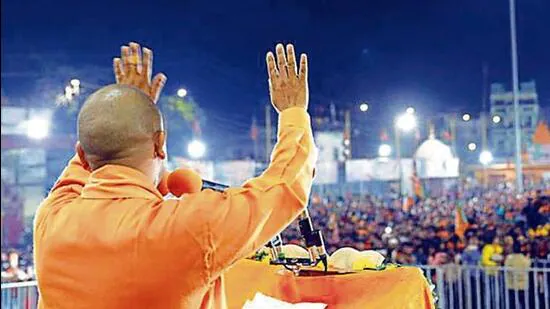Lucknow Gup: 'Bas Hawa Hawai Ho Jaiga'
The week in UP politics
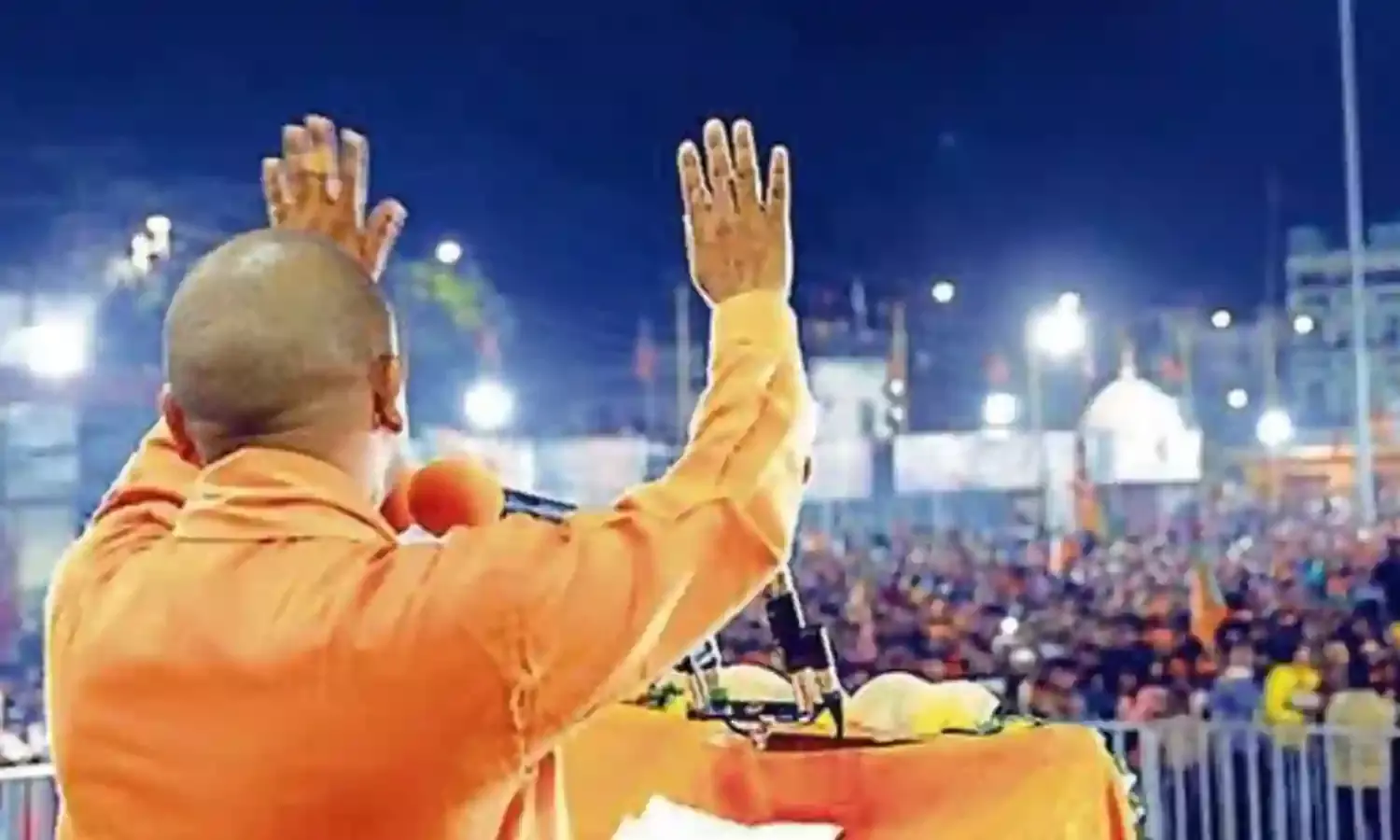
Mamata Banerjee, West Bengal Chief Minister kept her promise. Last month in Lucknow she had promised to be back in Uttar Pradesh. On Wednesday she landed in Varanasi to once again support the Samajwadi Party in the ongoing Assembly election.
On her way from the airport to the Dashashwanedh Ghat, her car was stopped in Prime Minister Narendra Modi’s constituency, and she was pushed around.
Mamata being Mamata, she got out of the car and confronted those who were showing her black flags and shouting Jai Shri Ram, and Mamata Banerjee go back.
If her visit to UP means a defeat for the BJP, she would come to the state a thousand times, she had dared.
Voting in the sixth phase of the election ended on Thursday. The caste and religious background of contestants was as colourful as that of the voters who lined up to cast their vote from communities as diverse as Nishad, Brahmin, Pasi, Thakur, Muslim, Yadav and women.
All eyes are on the seventh and the last phase of voting on March 7 in Varanasi because it is the constituency of Prime Minister Narendra Modi.
On March 10 the verdict of the people will be out when the world will know if thokowad, thakurwad and the awaara economic policies of the governing party is what the people want for another five years in UP.
People were heard chanting slogans and I wonder who needs that one last push out of UP?
ek dhakka aur doo, UP se phaink doo.
There was an attack on Swami Prasad Maurya as well that may have got him sympathy votes. Maurya is a popular leader and a five time legislator and former minister in UP. He was assaulted hours before polling was held on March 3 in the sixth phase of voting.
Maurya is contesting on an SP ticket from the Fazilnagar constituency after having left the BJP early this year. Sanghmitra, his daughter is a BJP parliamentarian and she was caught in a door to door campaign for her BJP turned SP father. The scenario made BJP workers see a red, deeper than the colour of the caps worn by SP workers.
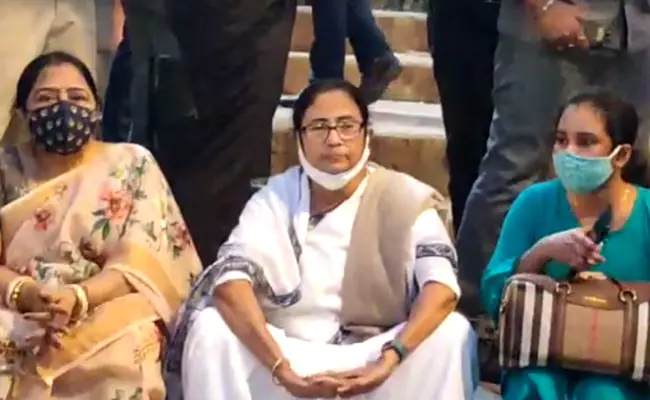
Dalit Pride
Talk to Professor Ravi Kant at the Lucknow University about freebies to the poor of eastern UP in return for votes, and watch him see red as well.
It makes the professor very angry to hear people say that the very poor Dalit will vote for the BJP in return for the few kilos of ration that he gets free of cost from the government.
“As if Dalits have no self-worth, no pride and no other ambition in life than to live off charity,” says Kant.
Nearly 70 percent of the population in east UP falls below the poverty line. It is true that the majority of the people of this area are painfully poor and socially backward but that does not mean they have no sense of pride or dignity.
The freebies doled out to the poor during elections is a bribe. Even the poorest of the poor voter is aware of the shopkeeper mindset of present day politicians who seek loyalty at the polls in return for a pinch of salt distributed by them. Some voters may exchange their vote for that bribe but it is not known exactly how many among the poorest of the poor are willing to barter their self-respect for a fistful of food which is their birth right in any decent society.
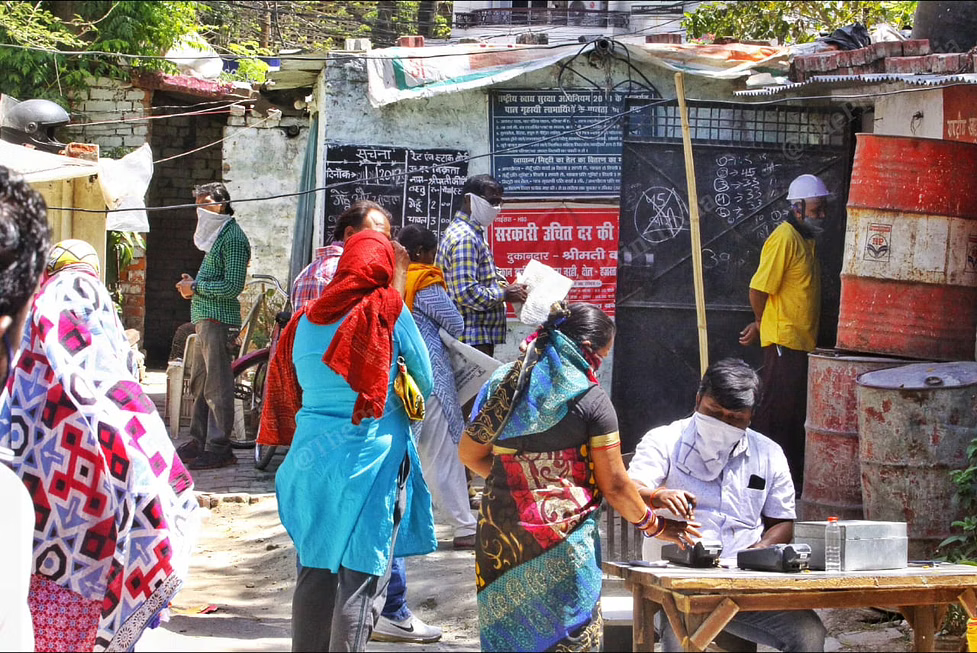
Purvaanchal
This eastern end of the state, the land of ancient kingdoms and where Gotam Buddha spent the last years of his life, may well decide the future of UP. This is a region of a politically aware electorate but it is also the home of communities burdened with complicated caste divisions. According to the Human Development Index it is the state’s most economically backward area.
The sixth and seventh phase of voting in UP is interesting as the politics shifts from mandal (caste) to kamandal (religion) practised in the western part of the state.
Numerous political battles have been fought here like the 100 year old Chauri Chaura in which the lives of hundreds of local people were lost after they had fearlessly defied the British. In the sixth phase of voting that took place yesterday, Brajesh Chandra Lal, a pilot contested from the Chauri Chaura constituency on a Samajwadi ticket.
Lal is a Pasi from the Dalit community and faces a Nishad in the contest. The Pasi is the dominant community in this constituency. The Congress and Mayawati’s Bahujan Samaj Party have fielded Brahmin candidates. Lal’s political opponents predict that the pilot will soon disappear into thin air once the election results are declared.
bas hawa-hawai ho jaiga.
Whether that happens in the neck to neck fight between the SP and BJP in the region will be known soon enough.
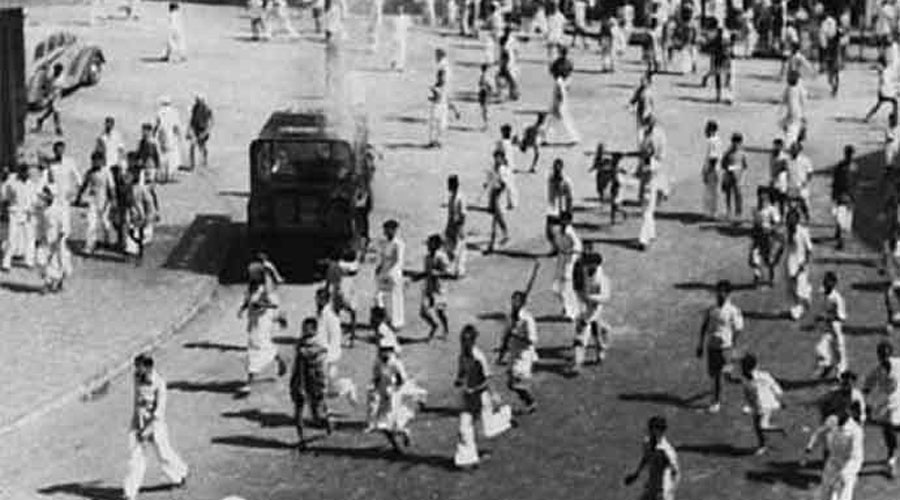
Phoolan Devi
Mirzapur where polling takes place on March 7 was once the Lok Sabha constituency of dare devil feminist Phoolan Devi, the Dacoit Queen from the Mallah, a sub-caste of the Nishad community of boatmen.
Today the political importance of the Nishad is on a high. Although a tiny share of the population, Nishads have worked to unite their community over the years. Politicians have convinced several smaller groups of Schedule Caste, Tribe and Other Backwards to merge with the Nishads to increase the community’s population. The Nishads are a vote bank that no political party can ignore now.
Mukesh Sahani founder of the Vikassheel Insaan Party (VIP) came from neighbouring Bihar to give moral support to fellow Nishadis who are fighting the BJP in UP. Sahani is affectionately known as ‘Son of the Mallah’.
He joined the BJP in 2014 but fell out with the party when his community was not included in the official category of Schedule Castes. At the moment, Nishads are categorised together with the OBC.
In the Bihar Assembly elections two years ago Sahani’s party won four seats. Other sub-castes of the Nishad include Manjhi, Kevat and Bind, most of them poor fishermen and boat people who see many cracks in the BJP today.
A VIP rally in Patna
Kajal Nishad
The Nishads are mostly devotees of Rama but television actor Kajal Nishad is a Shiva bhakt. The 39-year-old is a Samajwadi Party candidate from the Campiargunj constituency in Gorakhpur. That is only one difference that she shares with other Nishads, who have joined different political parties.
Kajal Nishad first joined the Congress as a youth leader but she is with the SP now. She told the digital media that the female voters in her constituency are fed up with the anti-people performance of the ruling party.
In the local dialect of Bhojpuri, female voters complain about rising prices of essential commodities, of cooking gas and the problem of free roaming cattle that crush whatever few crops they are able to grow.
Are they expected to garnish their meals with water, and cook their foods with air, the women taunt.
Chief Minister
The Chief Minister of UP gave his verdict at the polls yesterday. He is contesting from Gorakhpur Sadar which is a BJP stronghold. This is the CM’s first Assembly election although he has won Lok Sabha elections several times from Gorakhpur.
As the saffron clad head of a monastic sect he did not have to contest elections in the past. The Gorakhnath temple founded in the 10th century enjoys tremendous political influence and devotees gave the CM their vote out of reverence for the post he holds.
This election is a test of the regard voters might still hold him in at the tail end of his five year tenure as CM of UP.
In Gorakhpur the CM was left to nurse his constituency while the prime minister camps in Varanasi along with cabinet colleagues in a last minute attempt to cast his magic over voters in the seventh, and last phase of voting on March 7.
Three days later on March 10 it will be known if the magic still works, or not?
